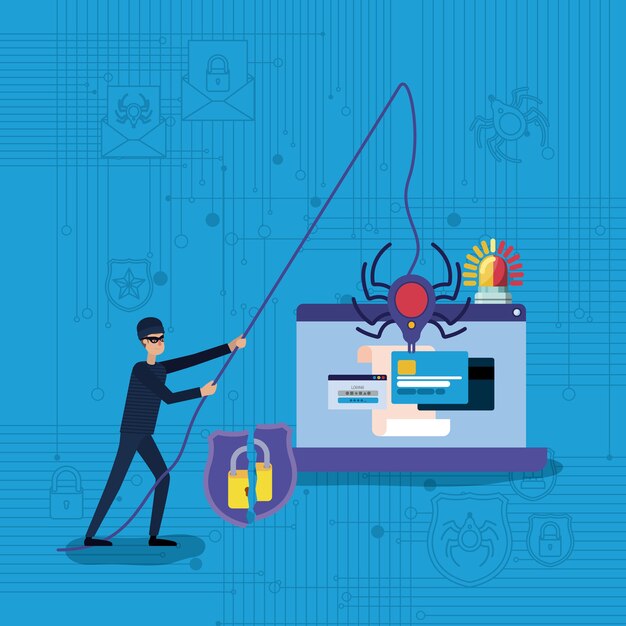Protecting Yourself from Online Scams and Fraud: A Comprehensive Guide
The digital age has brought us numerous conveniences and opportunities, but it has also given rise to a proliferation of online scams and fraud. These deceptive schemes can target anyone, regardless of age, background, or tech-savviness. To help you navigate the treacherous waters of the internet safely, we've put together a comprehensive guide on how to protect yourself from online scams and fraud.
Understanding the Threat
Online scams and fraud come in various forms, each designed to exploit your trust, curiosity, or vulnerabilities. Some common types include:
Phishing Scams: Fraudsters pose as legitimate entities, often via email, to trick you into revealing personal information, such as passwords and credit card details.
Tech Support Scams: You receive a call or pop-up message claiming your computer has a virus, and they offer to fix it for a fee. In reality, they may install malware or charge exorbitant fees for unnecessary services.
Online Shopping Scams: Bogus websites or sellers offer attractive deals on products that either don't exist or never get delivered.
Social Engineering Scams: Scammers exploit personal connections or emotions to manipulate you into sending money or sharing sensitive information.
Investment Scams: Fraudulent investment opportunities promise high returns but often result in financial losses.
Romance Scams: Scammers build online relationships to emotionally manipulate victims into sending money or gifts.
Protecting Yourself
Stay Informed: Knowledge is your first line of defense. Keep up with the latest scams and fraud trends by reading news articles, blogs, and reports from trusted sources like government agencies and consumer protection organizations.
Verify Email and Websites: Always double-check the sender's email address and the website's URL for authenticity. Be cautious of unsolicited emails, especially those requesting personal information or payment.
Use Strong, Unique Passwords: Create complex passwords for your online accounts, and never reuse passwords across multiple sites. Consider using a reputable password manager to keep them secure.
Enable Two-Factor Authentication (2FA): Whenever possible, activate 2FA for your online accounts. This adds an extra layer of security by requiring a second form of verification, such as a text message or authentication app code.
Guard Personal Information: Be cautious about sharing personal information online. Legitimate organizations will not ask for sensitive data via email or unsolicited phone calls.
Shop Wisely: Only buy from reputable online retailers. Check reviews and ratings, and be skeptical of prices that seem too good to be true.
Verify Requests for Money: If someone asks you for money, whether it's a friend or a stranger, verify their identity through alternative means. Scammers often use stolen or impersonated profiles.
Educate Yourself and Your Loved Ones: Share knowledge about online scams with family and friends, especially older individuals who may be more susceptible.
Report Scams: If you encounter a scam, report it to the appropriate authorities, such as your local consumer protection agency or the Federal Trade Commission (FTC).
Trust Your Instincts: If something feels off or too good to be true, trust your gut. It's better to be cautious and avoid a scam than to fall victim to one.
Conclusion
Online scams and fraud are ever-evolving, making it crucial to stay vigilant and informed. By following these tips and exercising caution while navigating the digital landscape, you can significantly reduce your risk of falling victim to scams and protect your personal and financial information. Remember, an ounce of prevention is worth a pound of cure when it comes to online safety.








































